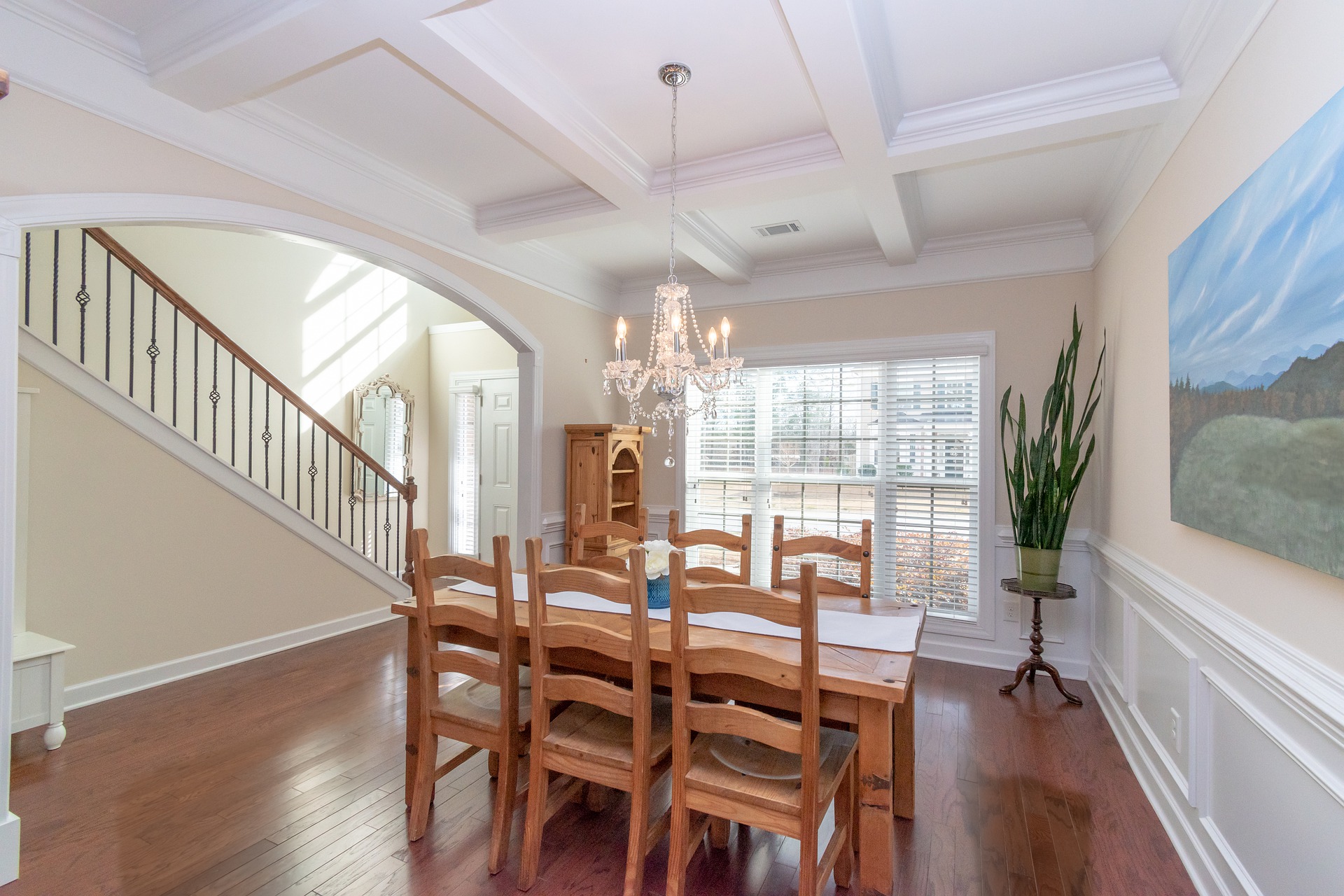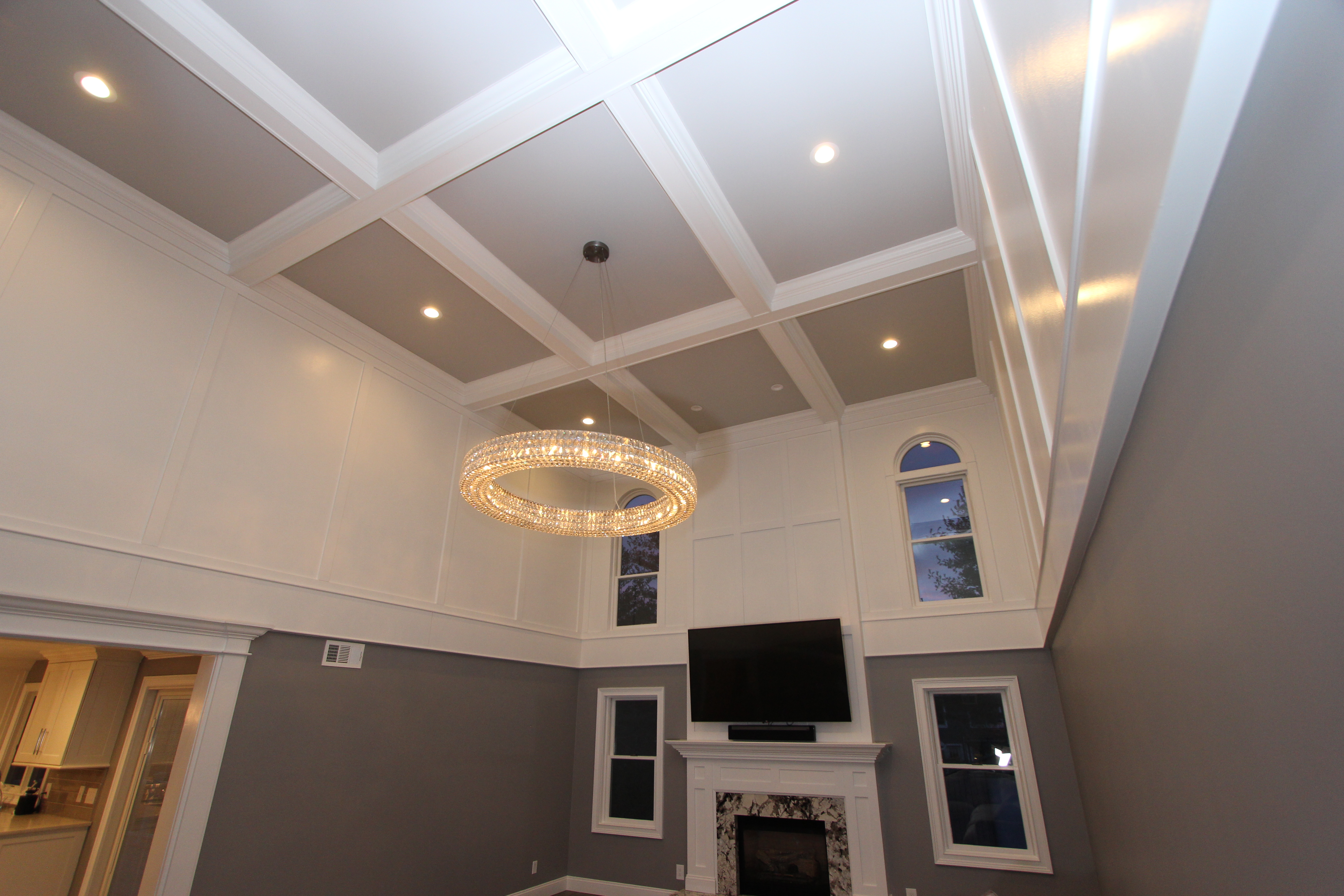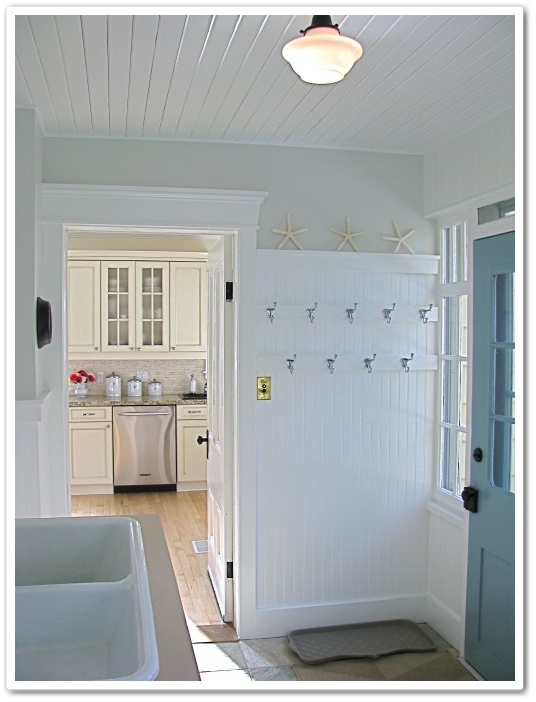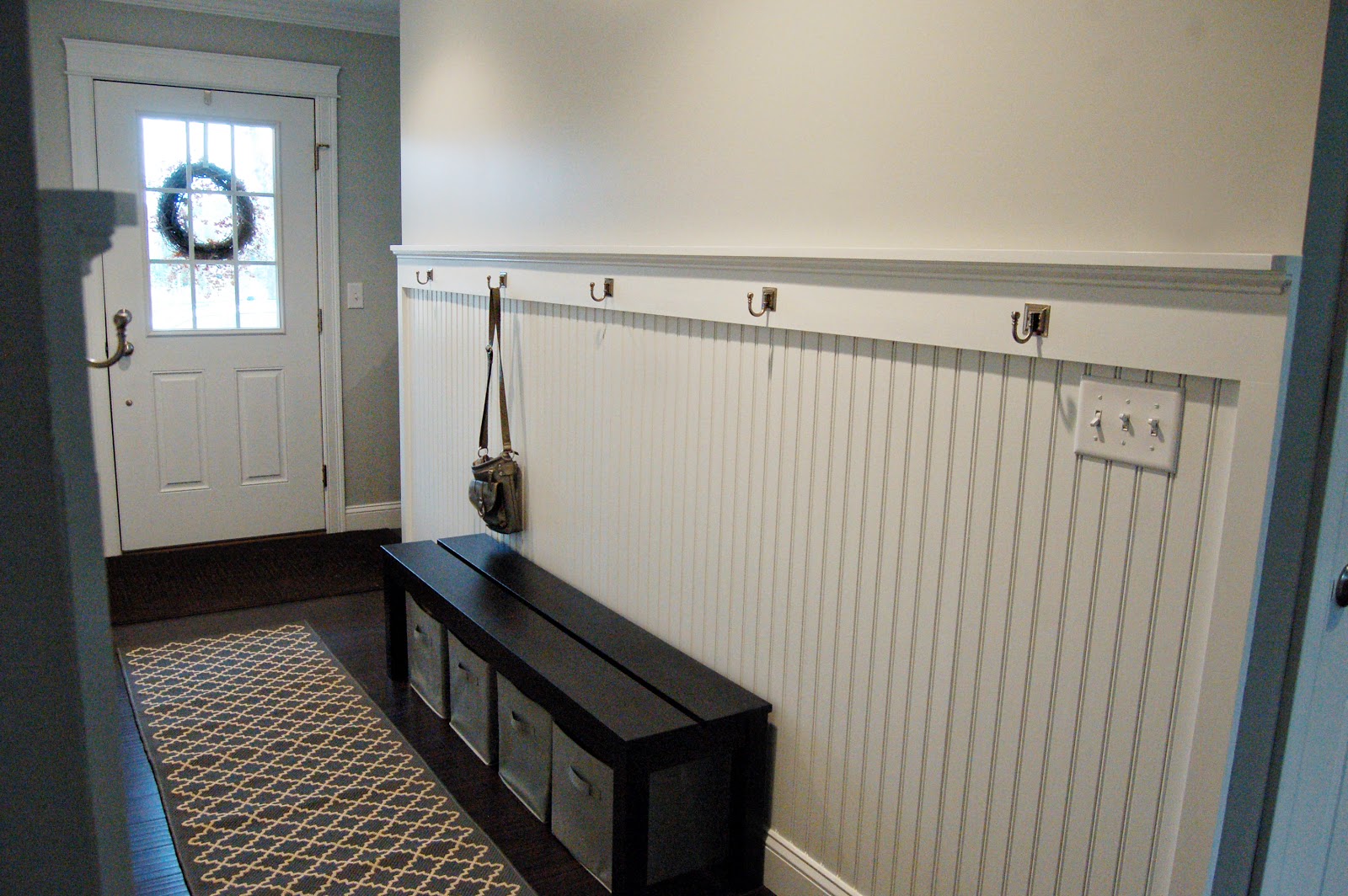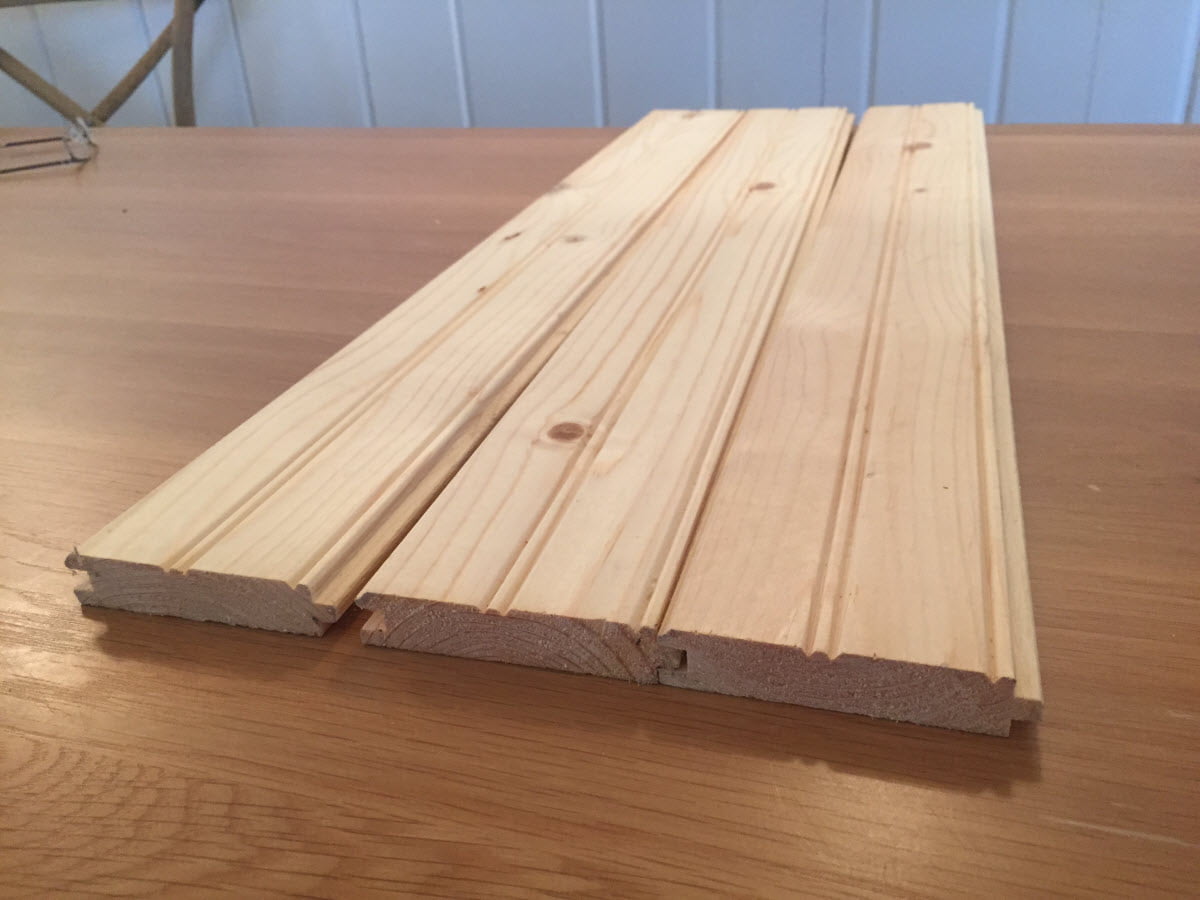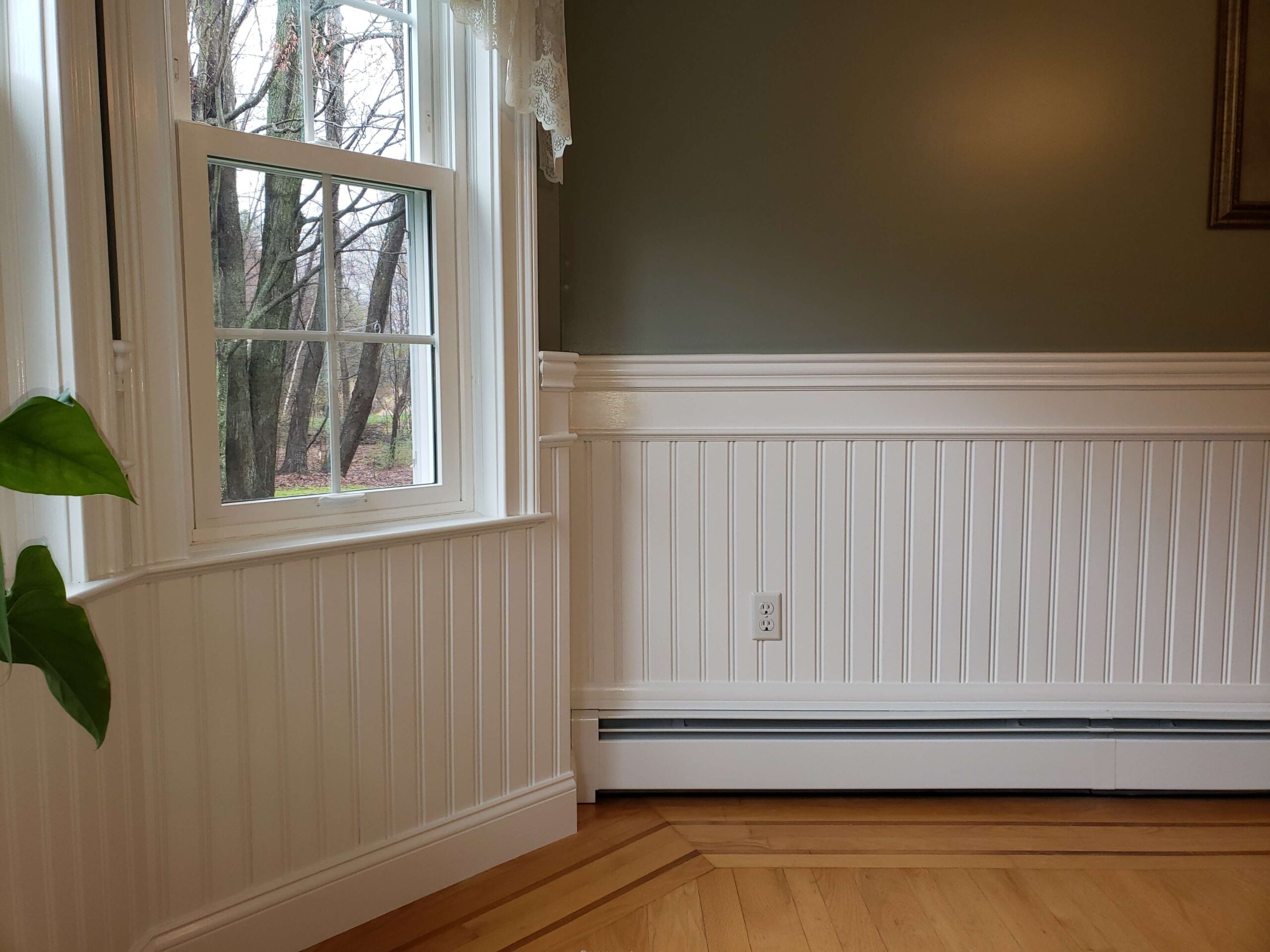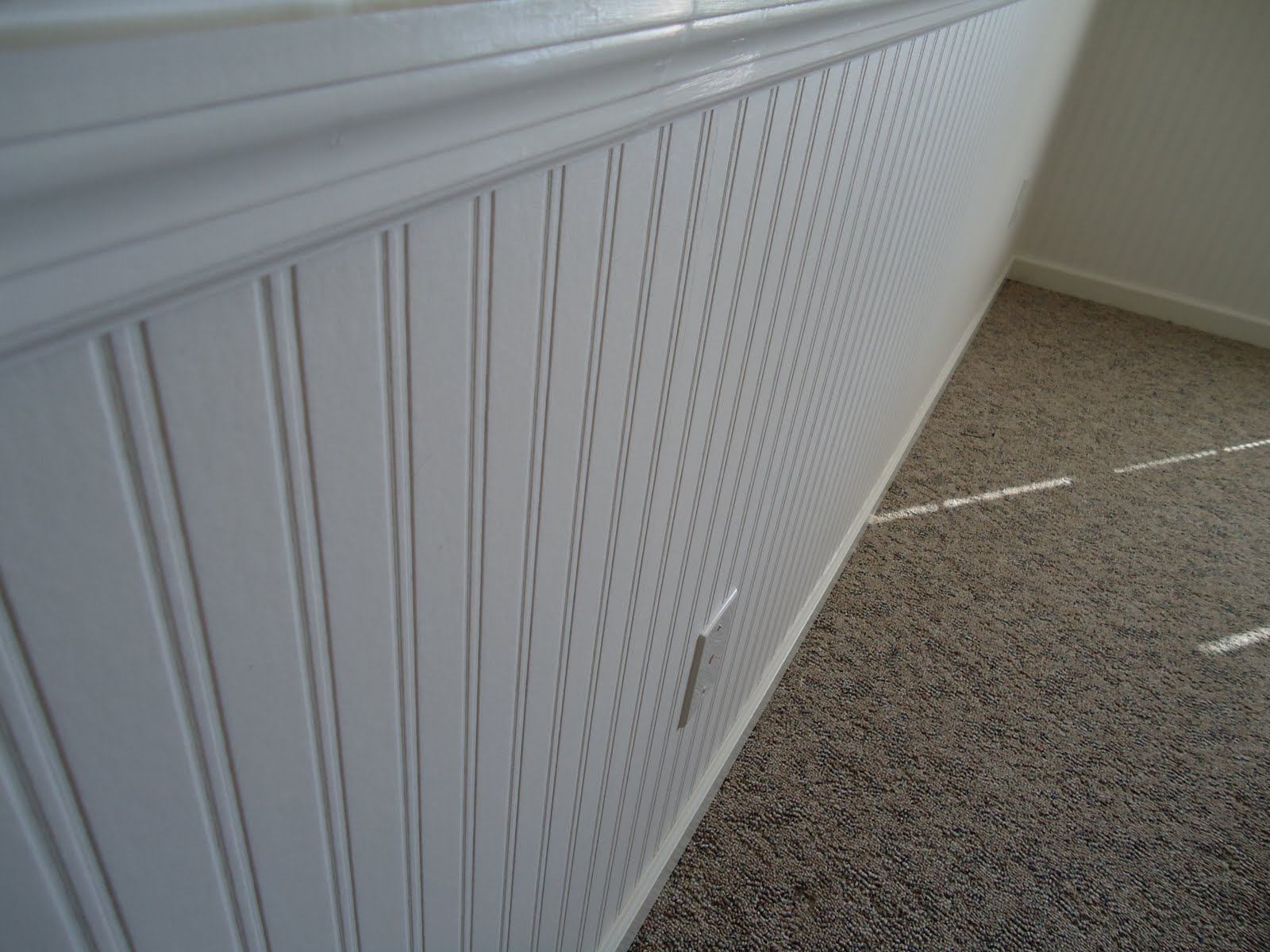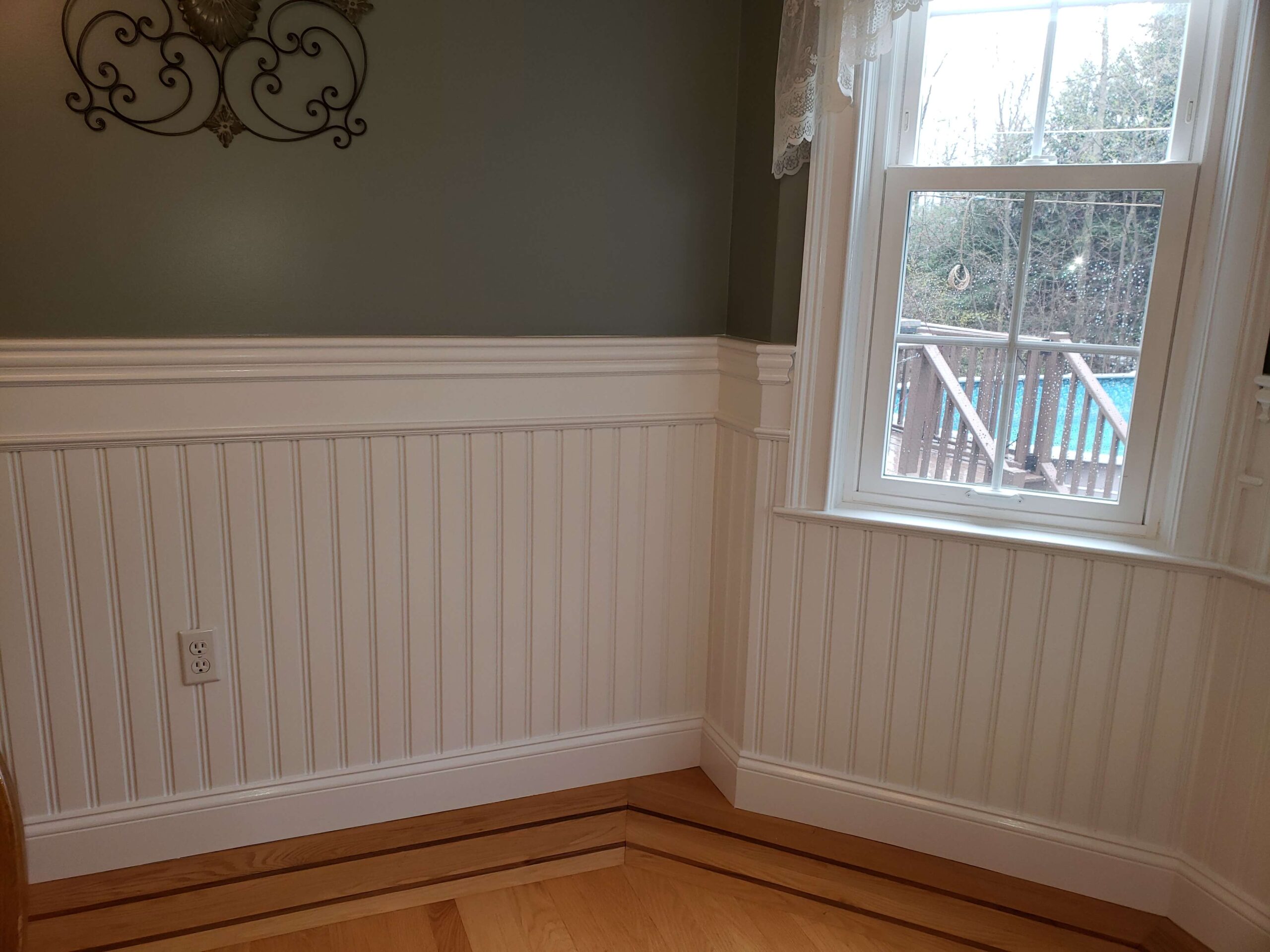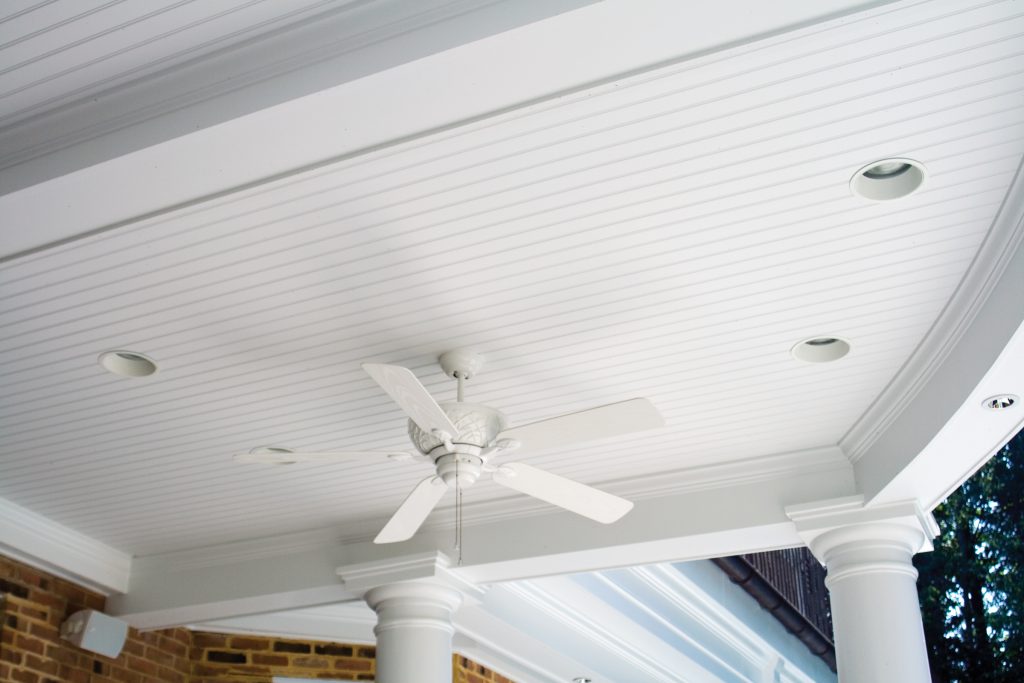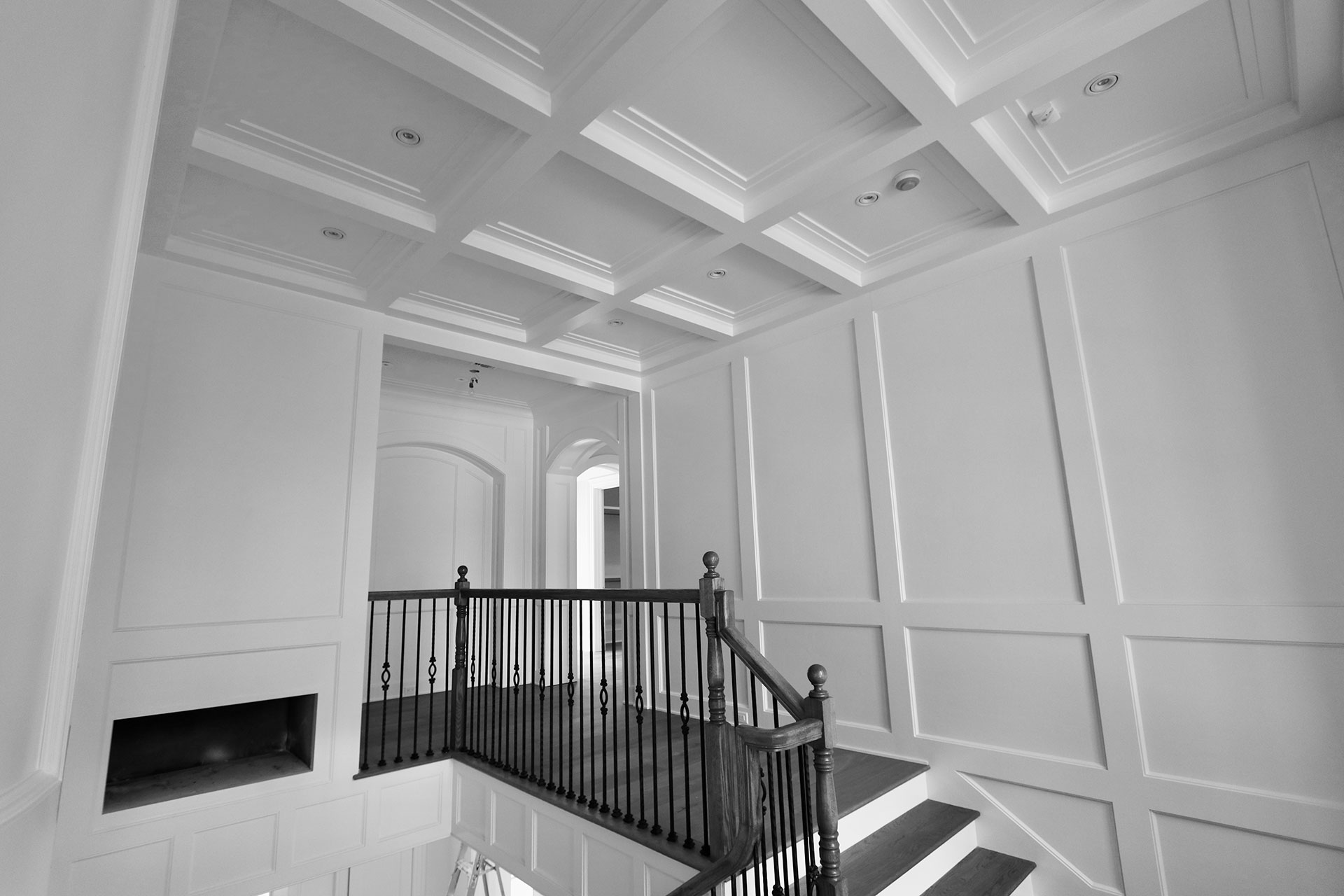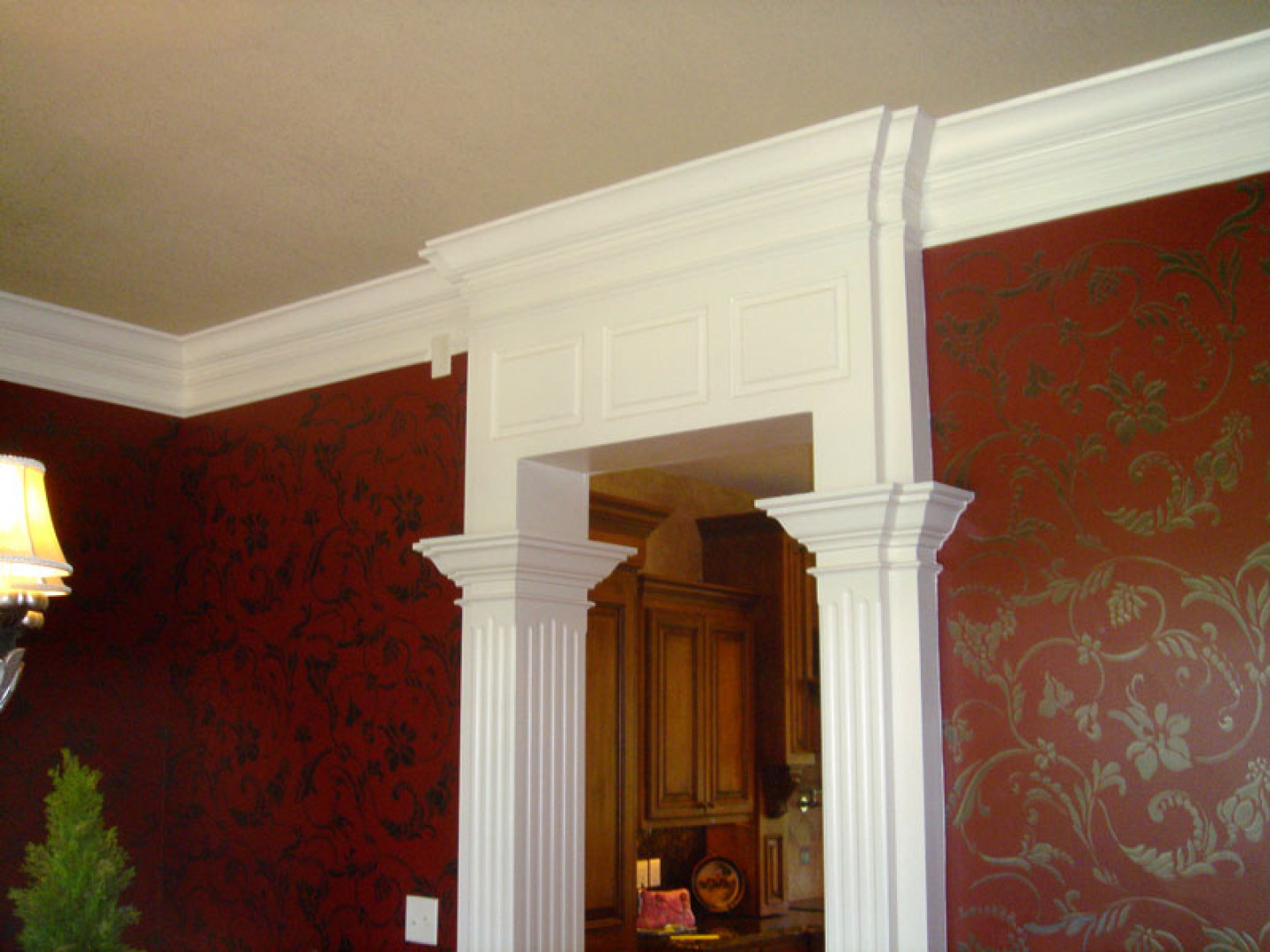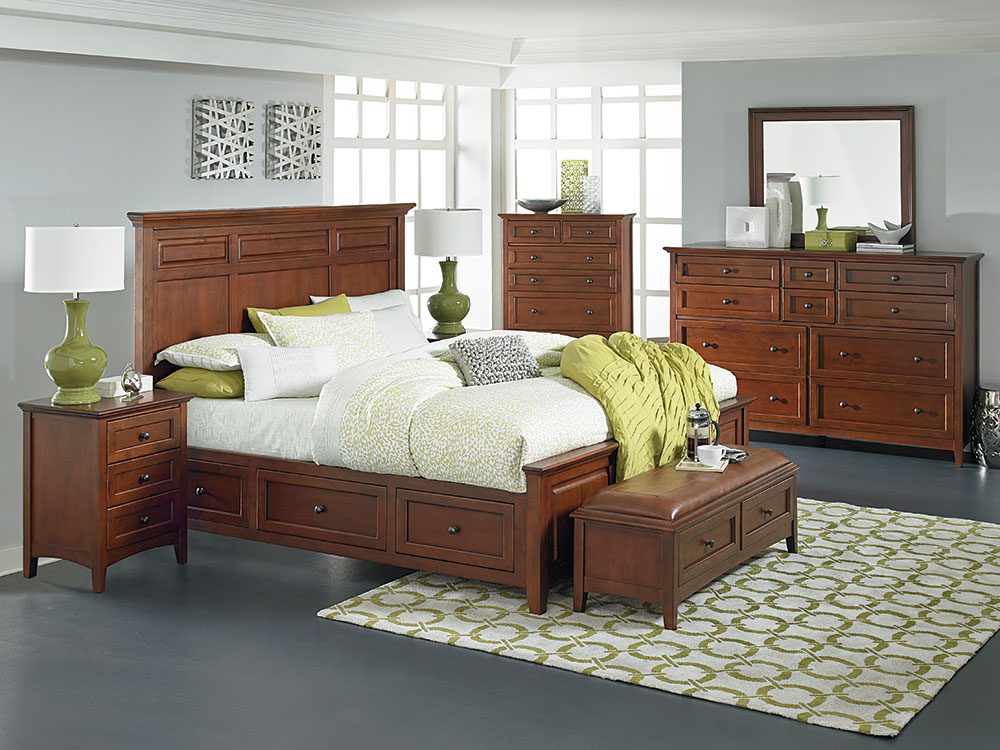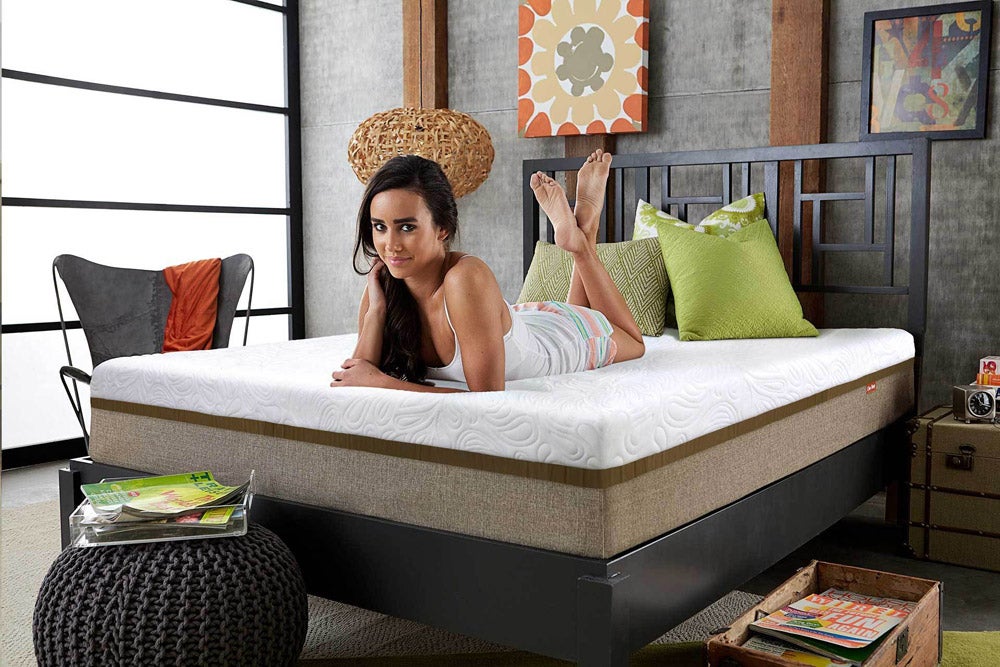Crown Molding: Adding Elegance and Height to Your Living Room
Crown molding is a classic trimwork feature that instantly adds a touch of elegance and sophistication to any living room. This decorative element is usually installed at the top of the walls, where they meet the ceiling, creating a seamless transition and giving the illusion of higher ceilings. Crown molding comes in a variety of styles, from simple and traditional to ornate and elaborate, allowing you to choose the one that best fits your living room's overall aesthetic. For a dramatic effect, consider painting the crown molding a contrasting color to make it stand out.
Wainscoting: A Timeless and Textural Addition
Wainscoting is a type of paneling that covers the lower portion of the walls, typically up to waist height. This traditional trimwork feature not only adds texture and dimension to your living room, but it also serves as a protective layer against scuffs and scratches. For a modern twist, consider using unconventional materials for your wainscoting, such as reclaimed wood or metal panels.
Chair Rail: Protecting Your Walls in Style
Chair rail is a horizontal trim piece that is typically installed around 36 inches from the floor. Originally designed to protect walls from chair backs, this trimwork feature has now become a decorative element in many living rooms. To make a statement, paint the chair rail a bold color or use it to create contrast by painting it a different color than the walls.
Baseboard: The Foundation of Trimwork
Baseboards are the trim pieces that run along the bottom of the walls, covering the joint between the walls and the floor. This often overlooked trimwork feature not only adds a finished look to your living room, but it also helps protect your walls from furniture and foot traffic. For a cohesive look, match the baseboard style to the other trimwork features in your living room.
Picture Rail: An Artistic Touch to Your Living Room
Picture rail is a narrow strip of molding that is installed along the top of the walls, typically a few inches below the ceiling. This trimwork feature was originally used to hang artwork without damaging the walls, but it also adds a unique decorative element to your living room. Consider using picture rail to create a gallery wall or to display a collection of artwork.
Coffered Ceiling: An Architectural Statement
Coffered ceilings are a type of trimwork feature that consists of a series of sunken panels or squares. This architectural element adds depth and interest to your living room's ceiling, making it a focal point of the room. For a more dramatic effect, consider painting the ceiling in a contrasting color or adding lighting within the coffered panels.
Beadboard: Adding a Touch of Charm and Texture
Beadboard is a type of paneling that features narrow, vertical planks with a small indentation or "bead" in between each plank. This classic trimwork feature adds a touch of charm and character to any living room, especially in cottage or farmhouse-style homes. For a fresh and modern look, consider painting the beadboard in a bright color or using it to create an accent wall.
Trimwork Color Ideas: Beyond the Classic White
While white is a timeless and versatile color for trimwork, there are plenty of other options to consider for your living room. For a bold and dramatic look, consider using dark colors such as black, navy, or deep green for your trimwork. You can also use trimwork to add pops of color to an otherwise neutral room. Consider painting trimwork in a bright shade of yellow, blue, or pink for a fun and playful touch.
Trimwork Design Ideas: Mixing and Matching Styles
Don't be afraid to mix and match different trimwork styles in your living room to create a unique and personalized look. For example, combining simple crown molding with more ornate wainscoting can add visual interest and depth to your walls. You can also experiment with different materials, such as using metal for chair rail or incorporating wood beams into your coffered ceiling design.
Trimwork Materials: Beyond Wood
While wood is the most commonly used material for trimwork, there are other options to consider for your living room. For a sleek and modern look, consider using metal for your trimwork. You can also use stone or tile for your baseboards or wainscoting to add texture and visual interest to your walls. Whichever material you choose, make sure it complements the overall style and aesthetic of your living room.
The Impact of Trimwork in a Living Room Design

The Power of Trimwork
 When it comes to designing a living room, the details make all the difference. One often overlooked aspect is
trimwork
. Trimwork refers to the decorative moldings, baseboards, and casings that add character and charm to a room. Not only does it serve as a finishing touch, but it also has the power to transform a plain and simple space into a stunning and elegant one. In this article, we will explore different
ideas
for incorporating trimwork into your living room design.
When it comes to designing a living room, the details make all the difference. One often overlooked aspect is
trimwork
. Trimwork refers to the decorative moldings, baseboards, and casings that add character and charm to a room. Not only does it serve as a finishing touch, but it also has the power to transform a plain and simple space into a stunning and elegant one. In this article, we will explore different
ideas
for incorporating trimwork into your living room design.
The Versatility of Crown Molding
 Crown molding
is a popular type of trimwork that adds a touch of sophistication to any living room. It is typically installed at the point where the ceiling and walls meet, creating a seamless and polished look. One of the great things about crown molding is its versatility. It comes in a variety of styles, from simple and modern to intricate and ornate, making it suitable for any design aesthetic. You can also choose to paint it in a contrasting color to make it stand out or match it with the walls for a subtle and cohesive look.
Crown molding
is a popular type of trimwork that adds a touch of sophistication to any living room. It is typically installed at the point where the ceiling and walls meet, creating a seamless and polished look. One of the great things about crown molding is its versatility. It comes in a variety of styles, from simple and modern to intricate and ornate, making it suitable for any design aesthetic. You can also choose to paint it in a contrasting color to make it stand out or match it with the walls for a subtle and cohesive look.
Baseboards and Casings for a Finishing Touch
 Baseboards and casings may seem like minor details, but they play a crucial role in tying together the overall look of a living room. Baseboards are installed at the bottom of walls, while casings frame doors and windows. They not only add a decorative element but also serve as a transition between different surfaces, such as where the wall meets the floor or where the door meets the wall. When choosing baseboards and casings, consider the style and color of your furniture and flooring to ensure a cohesive and harmonious design.
Baseboards and casings may seem like minor details, but they play a crucial role in tying together the overall look of a living room. Baseboards are installed at the bottom of walls, while casings frame doors and windows. They not only add a decorative element but also serve as a transition between different surfaces, such as where the wall meets the floor or where the door meets the wall. When choosing baseboards and casings, consider the style and color of your furniture and flooring to ensure a cohesive and harmonious design.
Adding Character with Wainscoting
 If you want to add some character and depth to your living room, consider incorporating
wainscoting
. Wainscoting is a type of paneling that covers the bottom half of a wall, usually from floor to chair rail height. It can be made from wood, MDF, or even wallpaper. Not only does it add texture and visual interest, but it also protects walls from wear and tear. You can choose from various designs, such as raised panels, beadboard, or shiplap, depending on the style of your living room.
If you want to add some character and depth to your living room, consider incorporating
wainscoting
. Wainscoting is a type of paneling that covers the bottom half of a wall, usually from floor to chair rail height. It can be made from wood, MDF, or even wallpaper. Not only does it add texture and visual interest, but it also protects walls from wear and tear. You can choose from various designs, such as raised panels, beadboard, or shiplap, depending on the style of your living room.
Creating a Focal Point with Fireplace Trimwork
 A fireplace is often the focal point of a living room, and adding trimwork around it can make it even more eye-catching. You can install a mantel with decorative molding to frame the fireplace and add some shelves for displaying artwork or decor. You can also add some trimwork to the ceiling above the fireplace to draw the eye upwards and create a sense of height and grandeur.
In conclusion, trimwork is an essential aspect of living room design that should not be overlooked. It has the power to elevate the look and feel of a room and add character and charm. Whether you choose to incorporate crown molding, baseboards and casings, wainscoting, or fireplace trimwork, make sure to consider the overall style of your living room to achieve a cohesive and visually pleasing design.
A fireplace is often the focal point of a living room, and adding trimwork around it can make it even more eye-catching. You can install a mantel with decorative molding to frame the fireplace and add some shelves for displaying artwork or decor. You can also add some trimwork to the ceiling above the fireplace to draw the eye upwards and create a sense of height and grandeur.
In conclusion, trimwork is an essential aspect of living room design that should not be overlooked. It has the power to elevate the look and feel of a room and add character and charm. Whether you choose to incorporate crown molding, baseboards and casings, wainscoting, or fireplace trimwork, make sure to consider the overall style of your living room to achieve a cohesive and visually pleasing design.

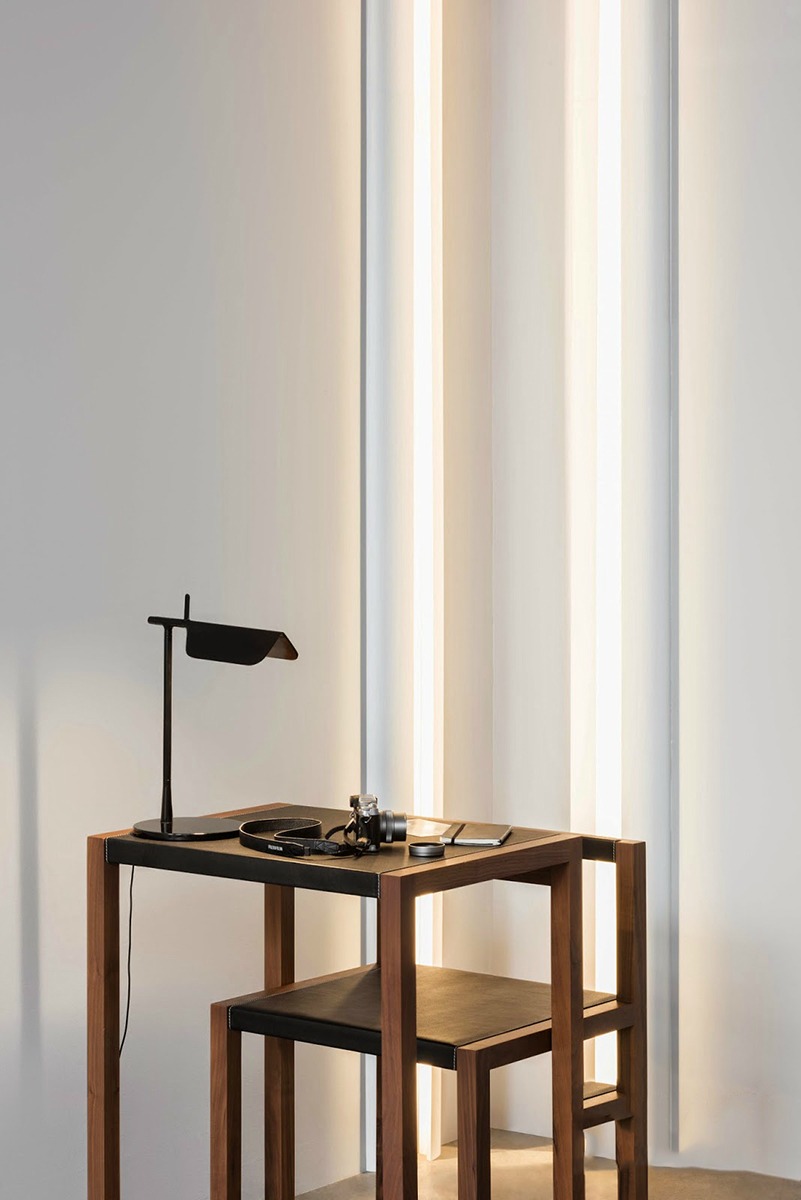

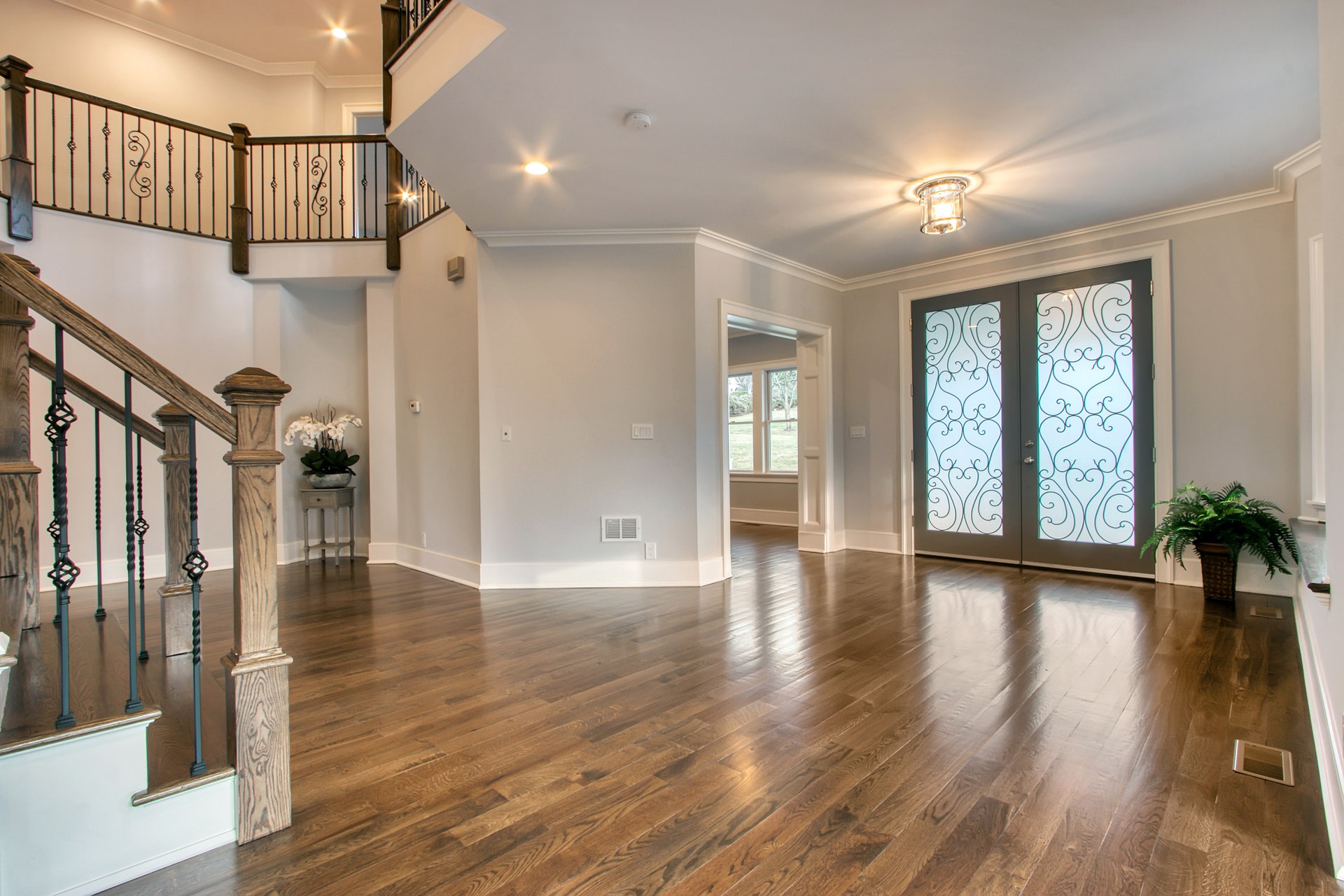
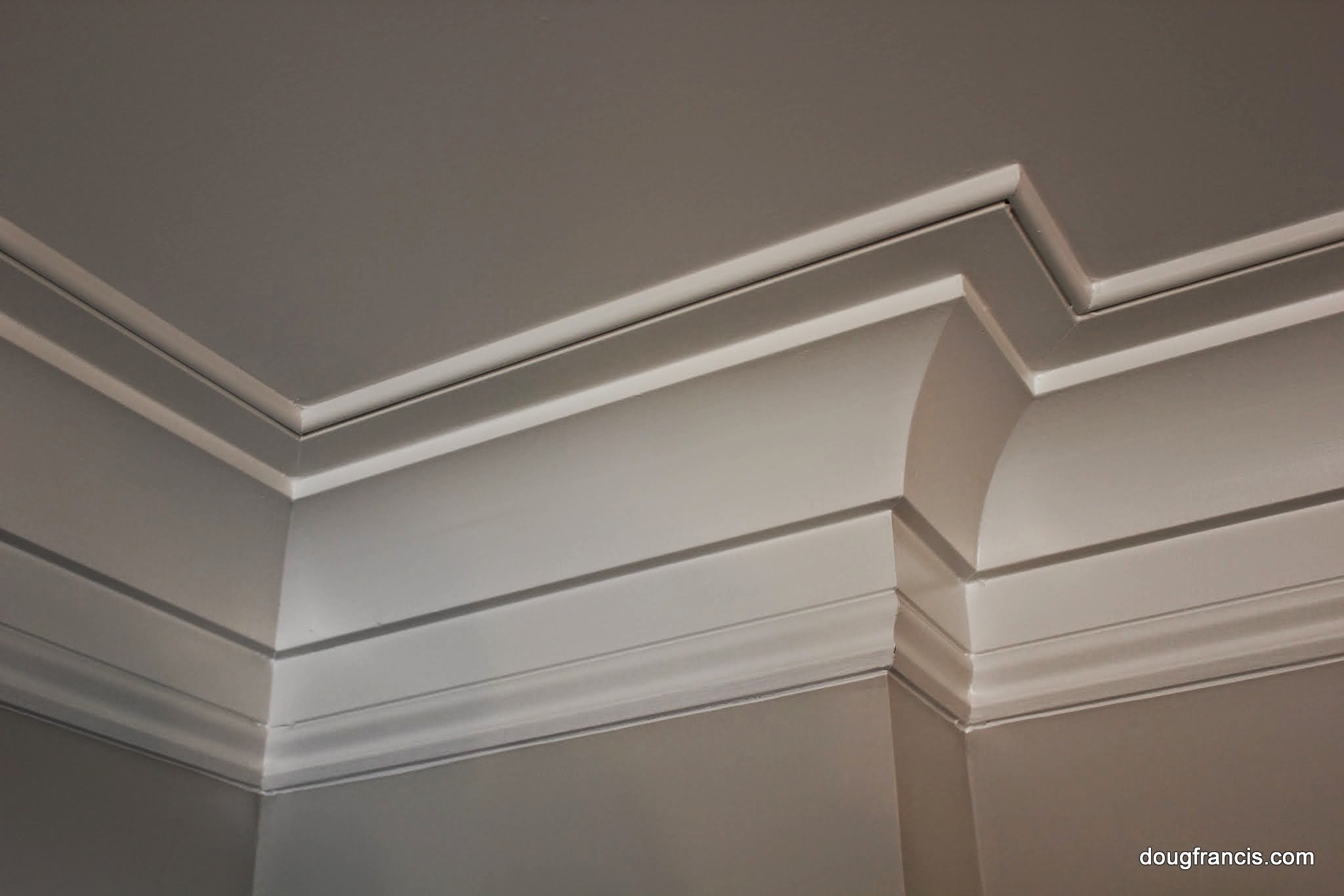
/Diningroomwithcrownmolding-GettyImages-145121522-85951b058d5f406cb48bd96375265b2e.jpg)





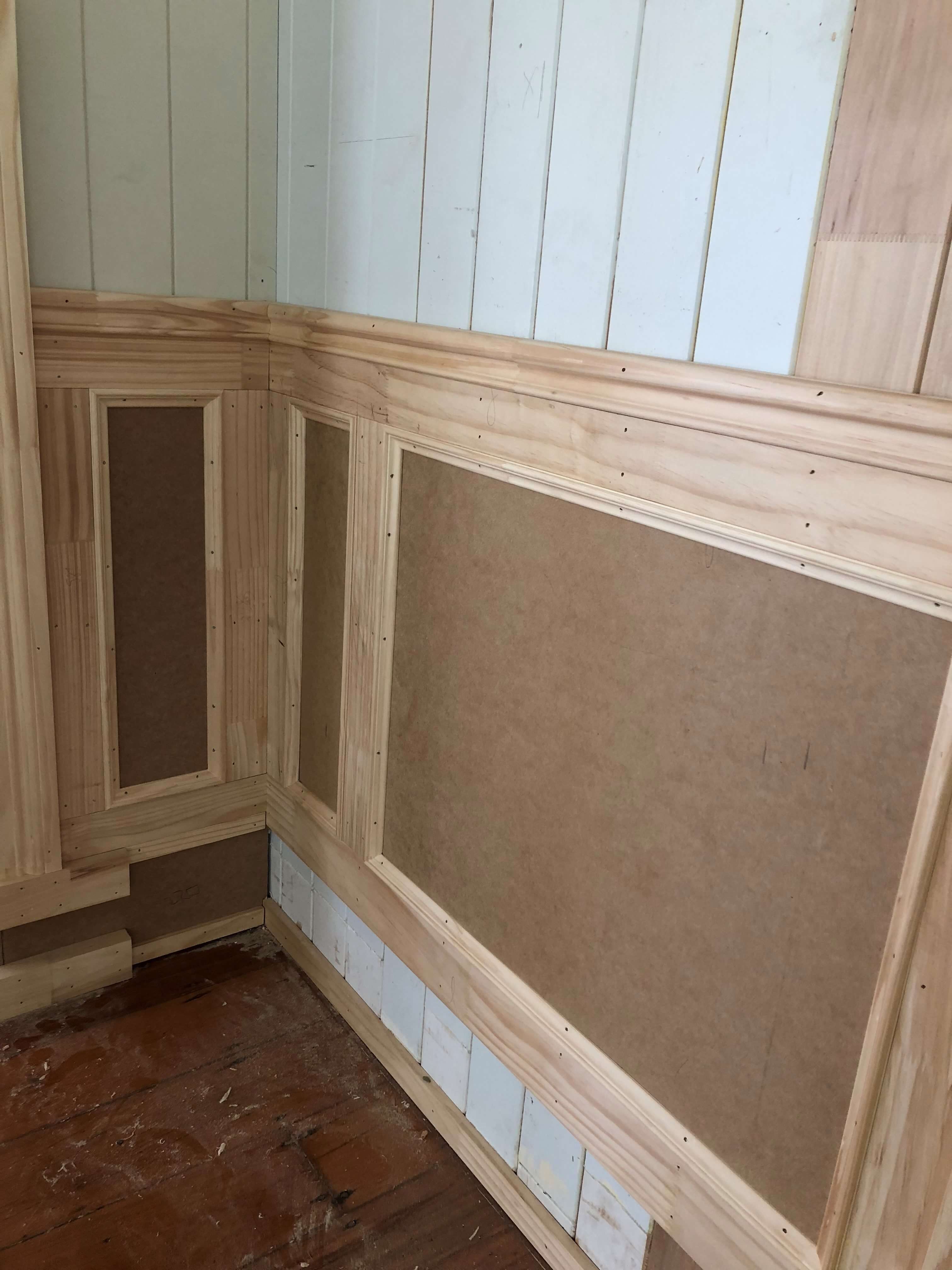



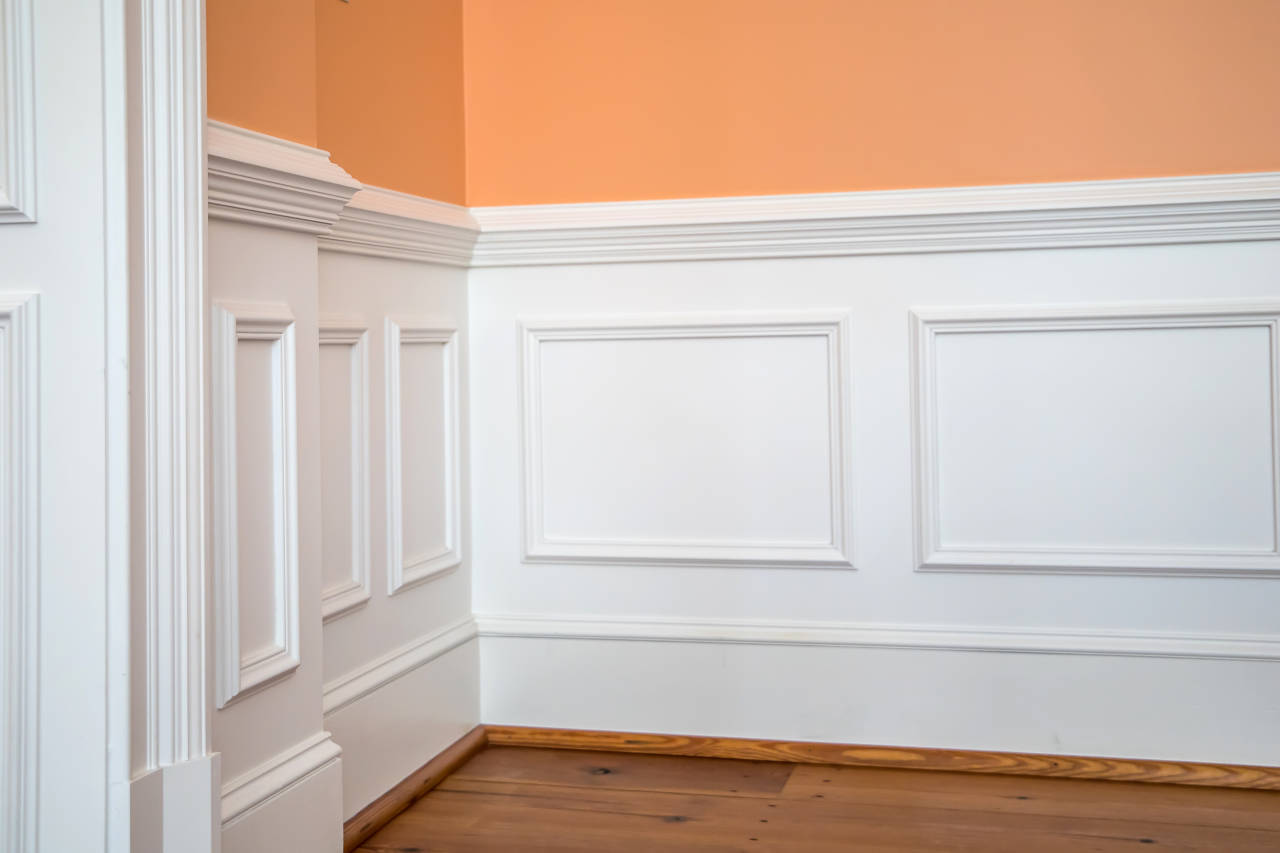


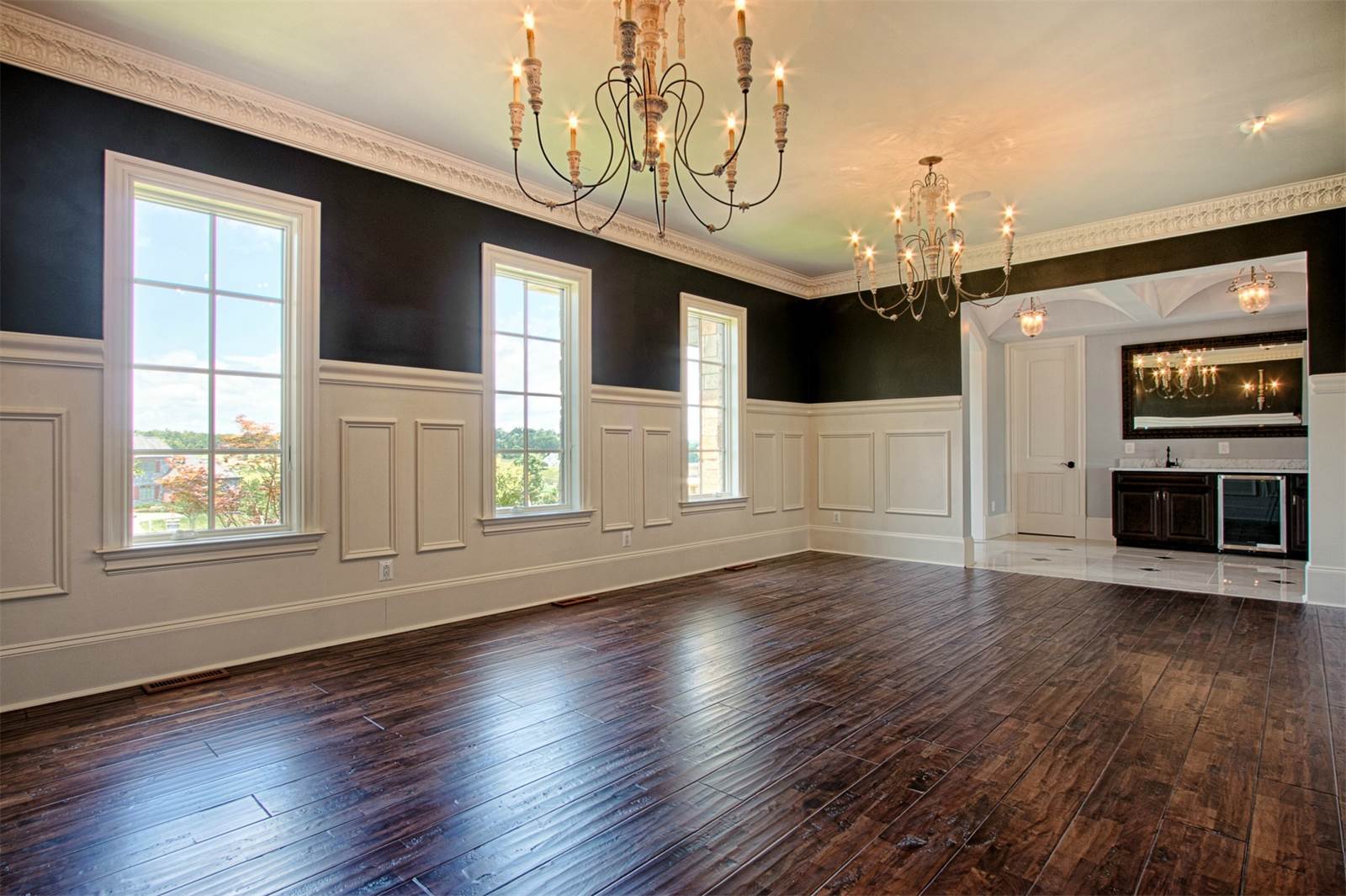
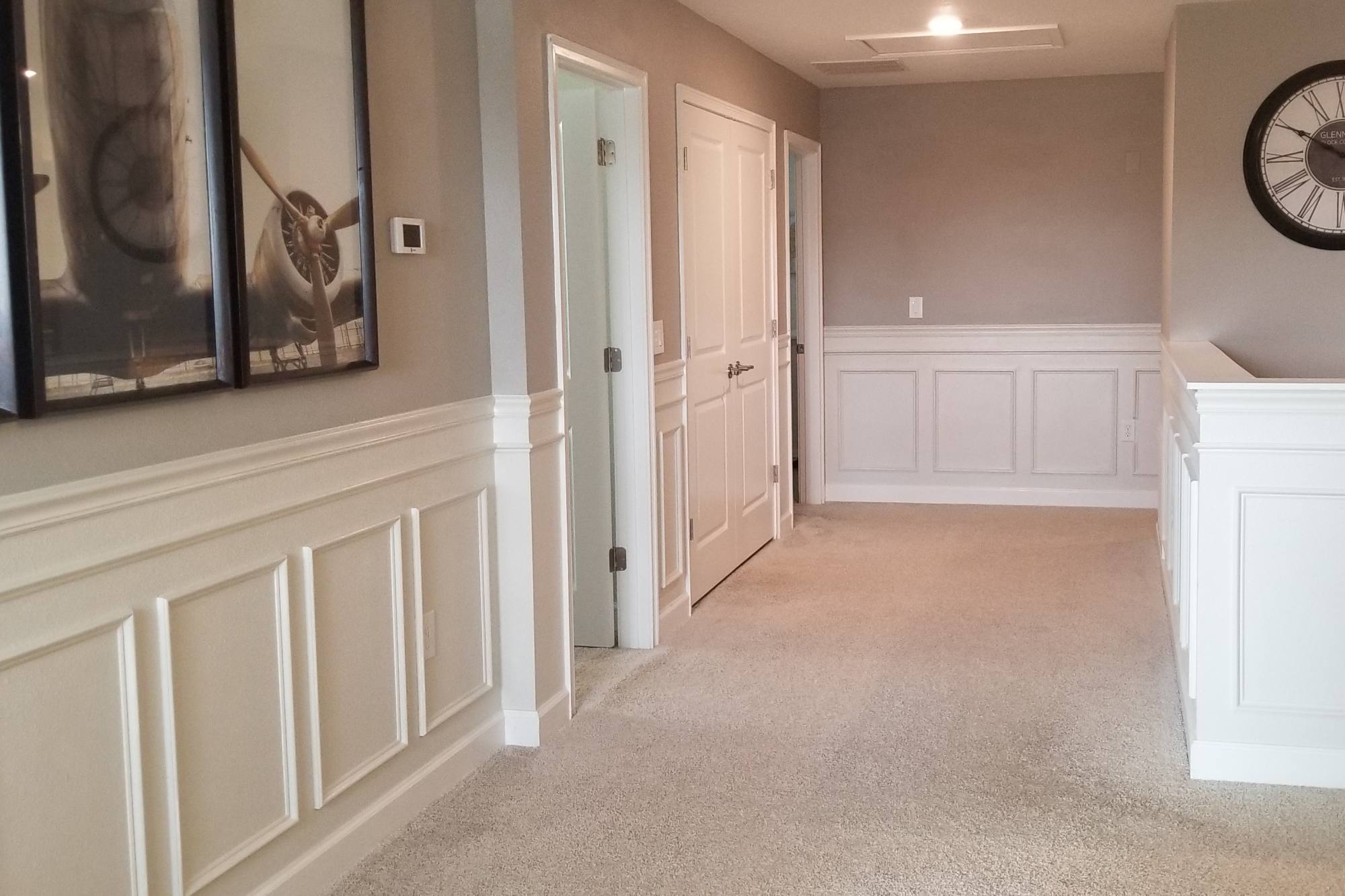



/Familyroomchairrailing-GettyImages-154960933-59ed57bb0d327a001055bfee.jpg)

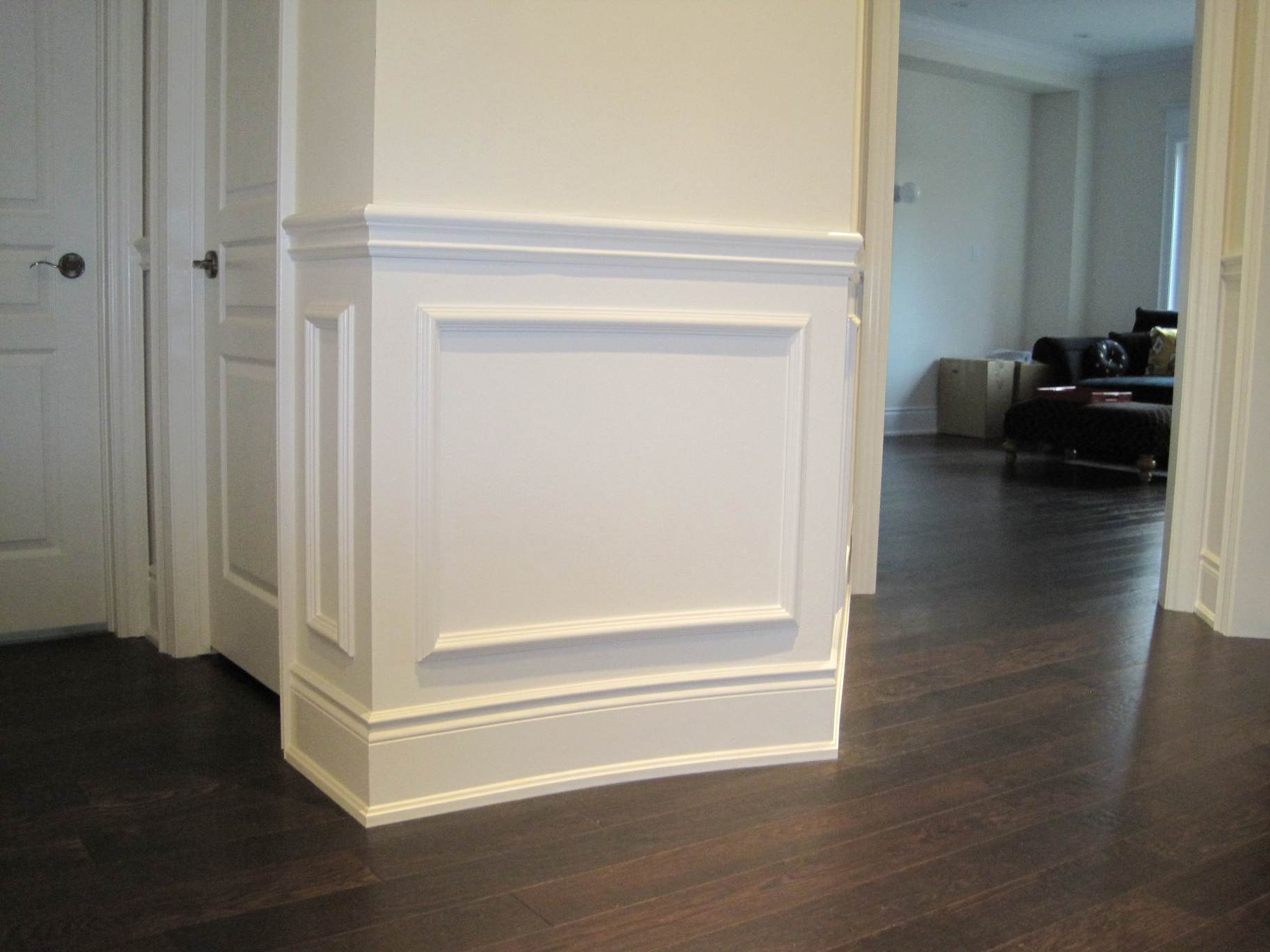
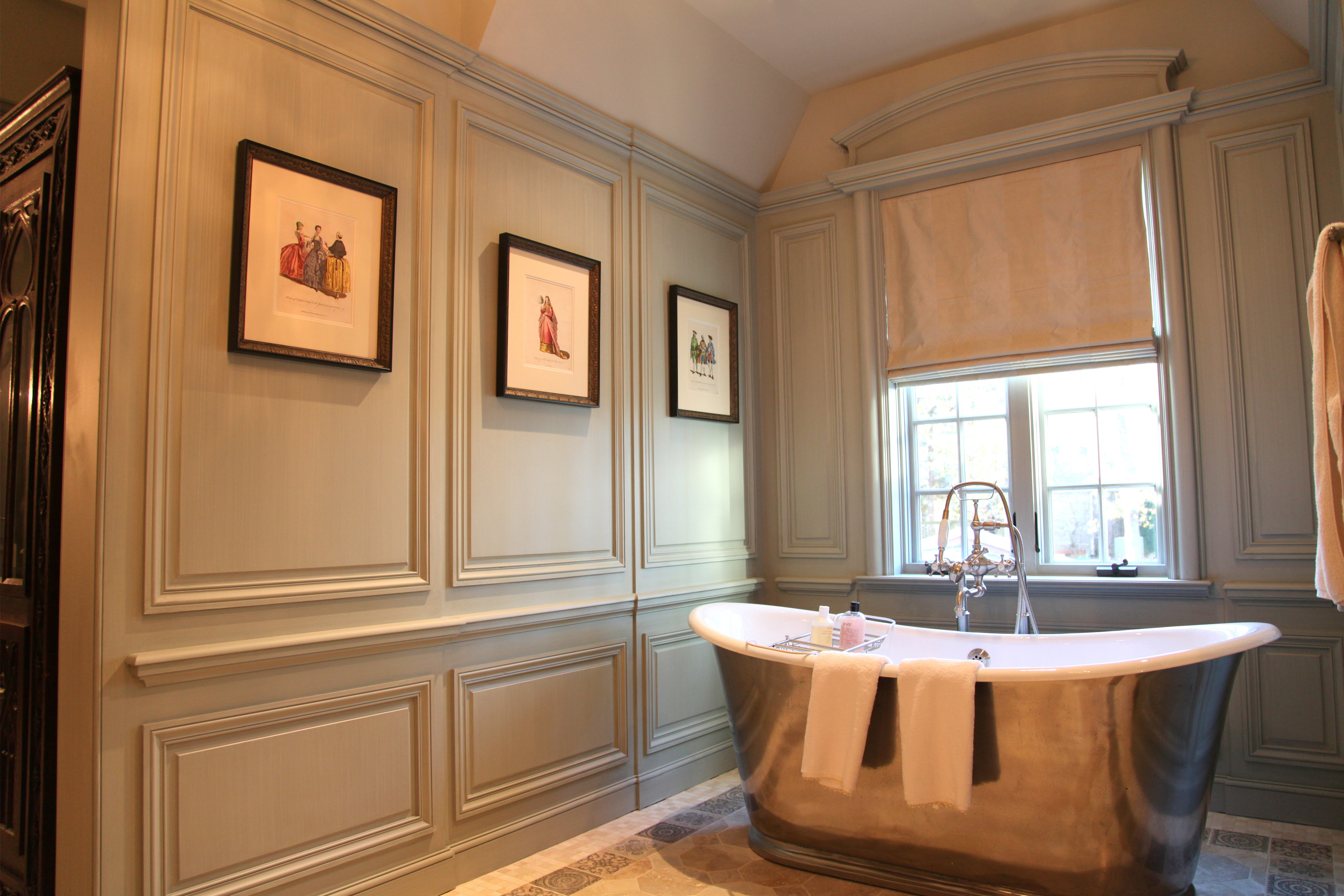



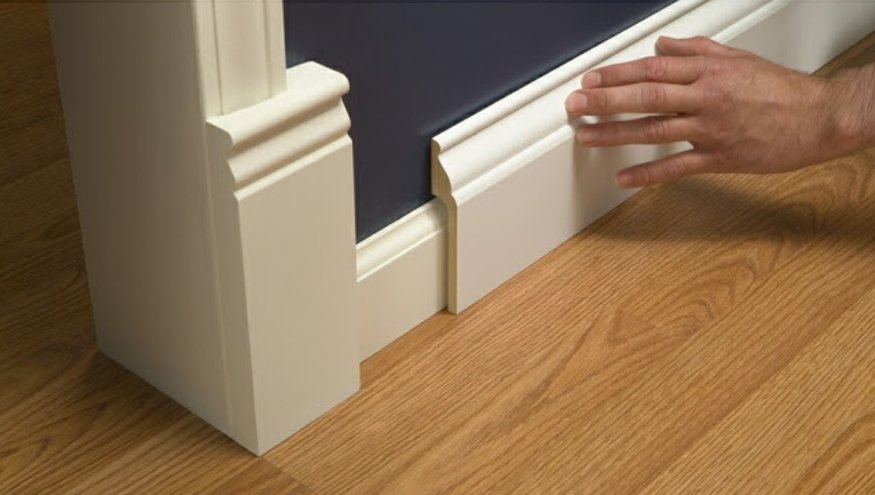
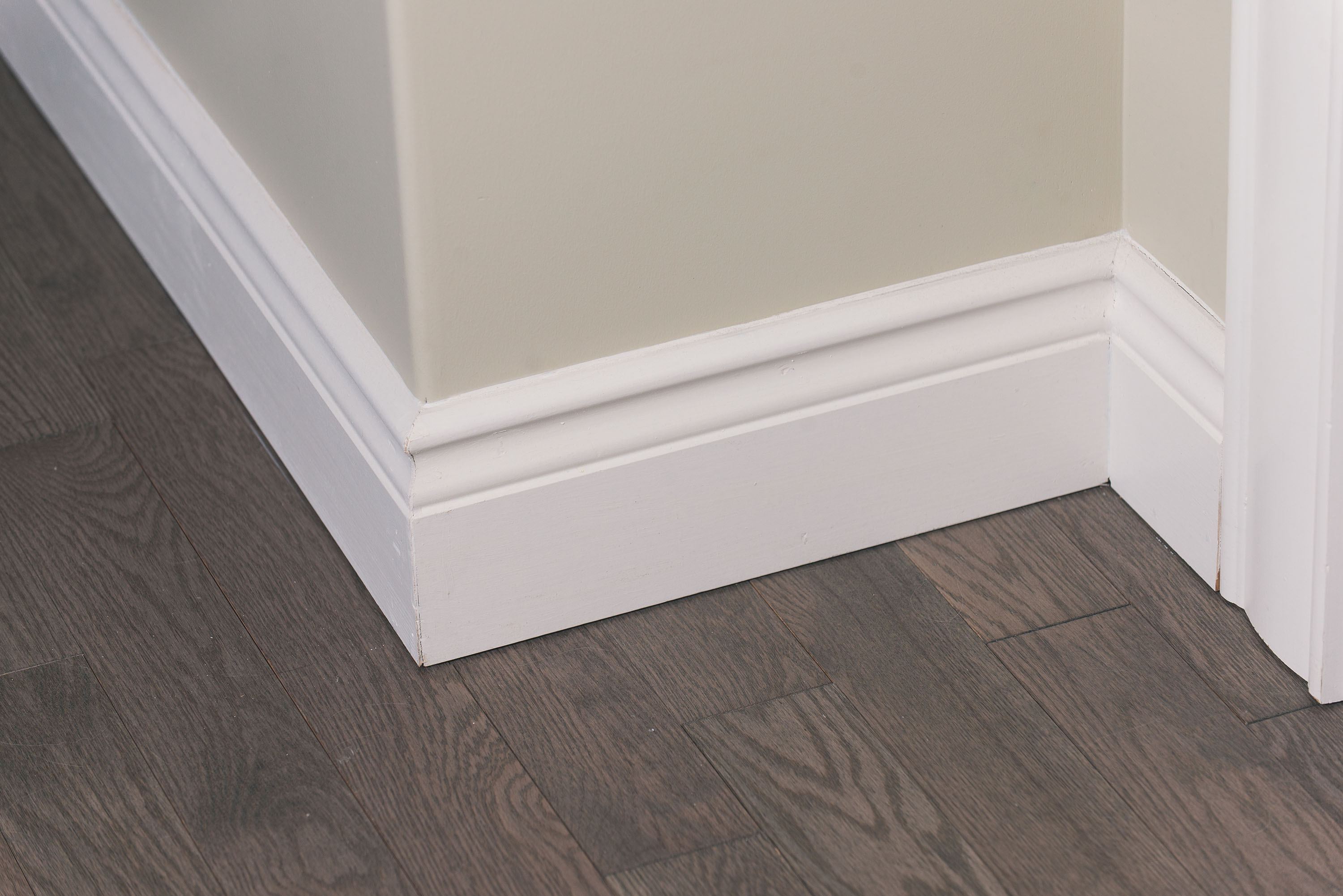
/GettyImages-955780522-5c6edb3d46e0fb0001835cf4.jpg)
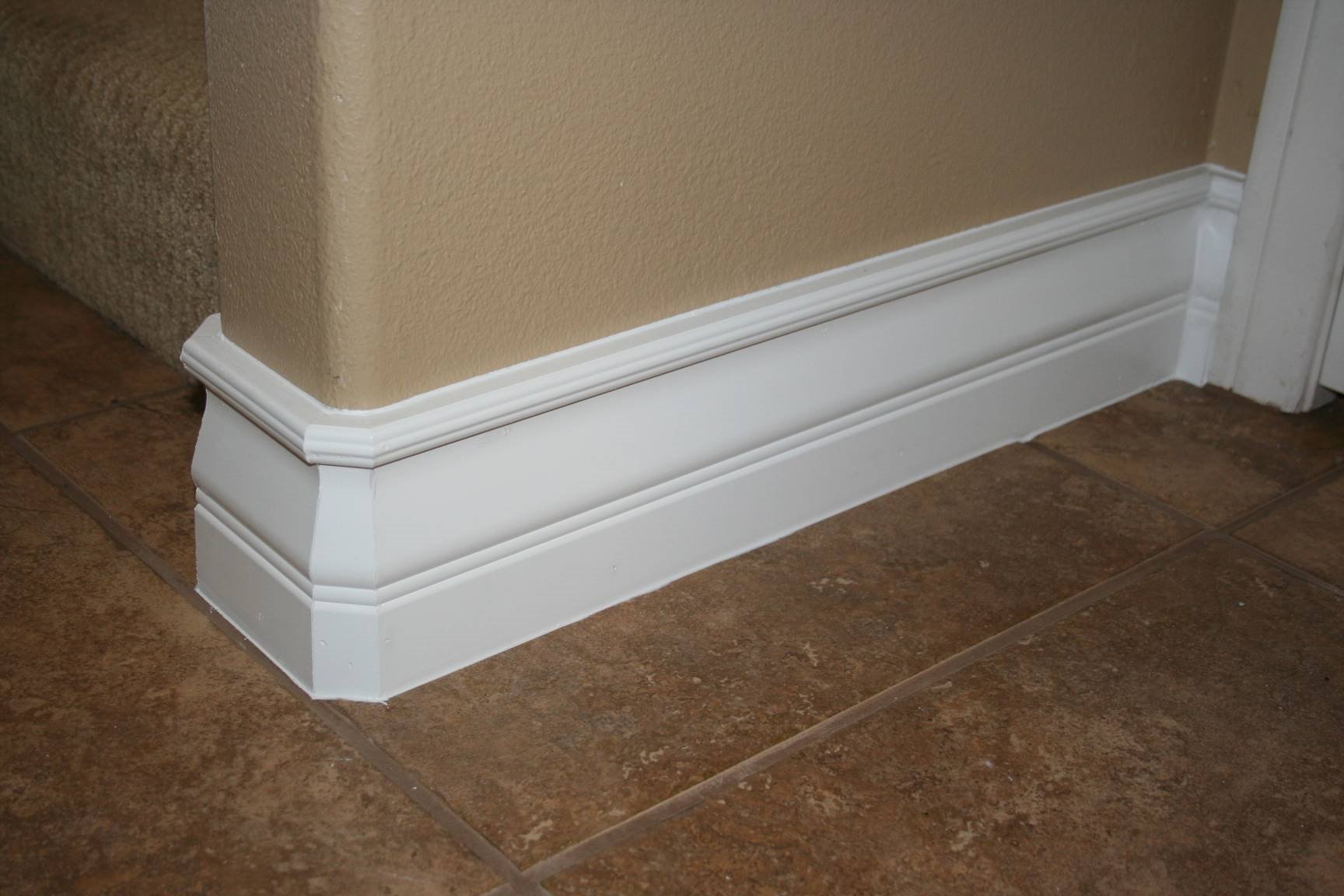

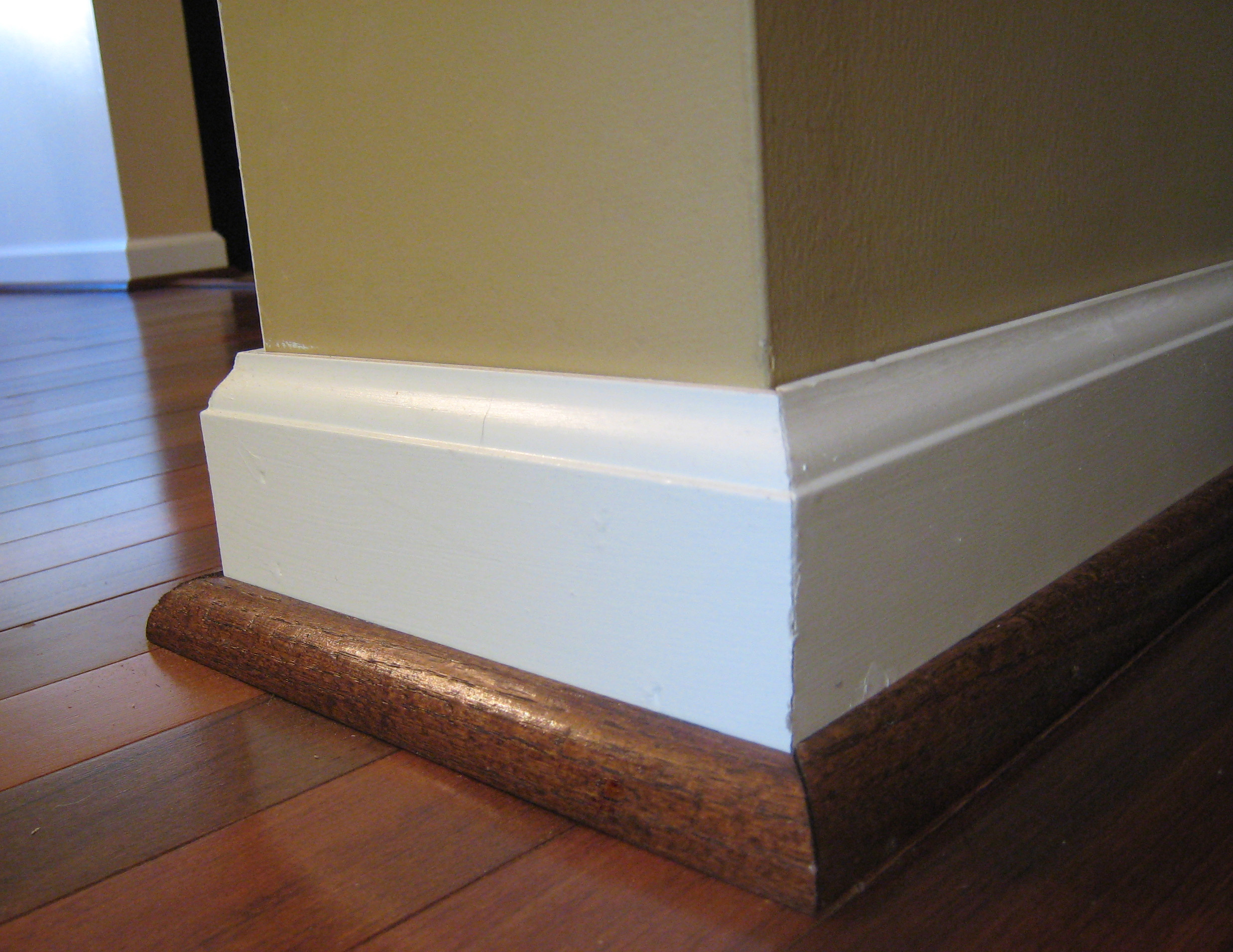
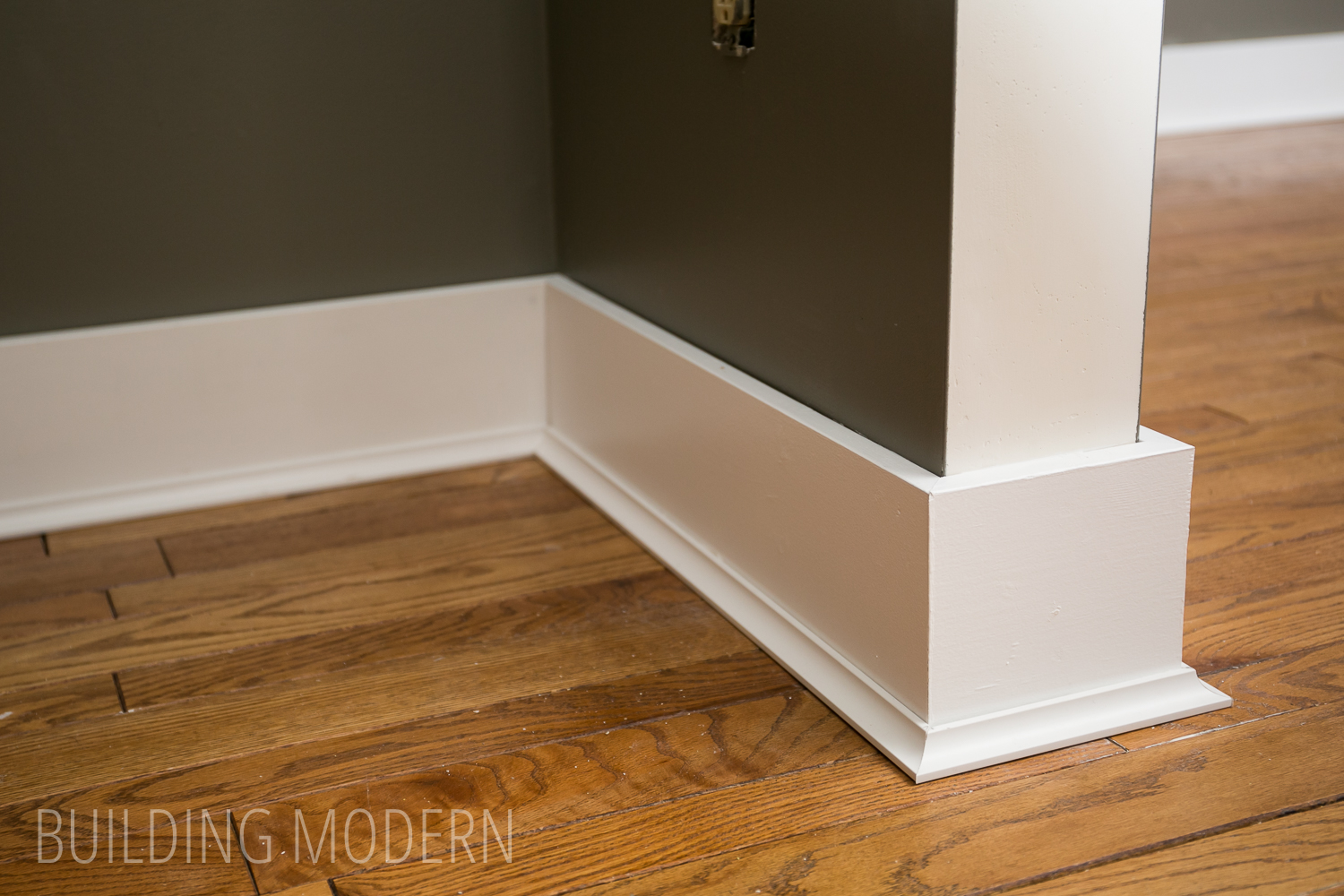
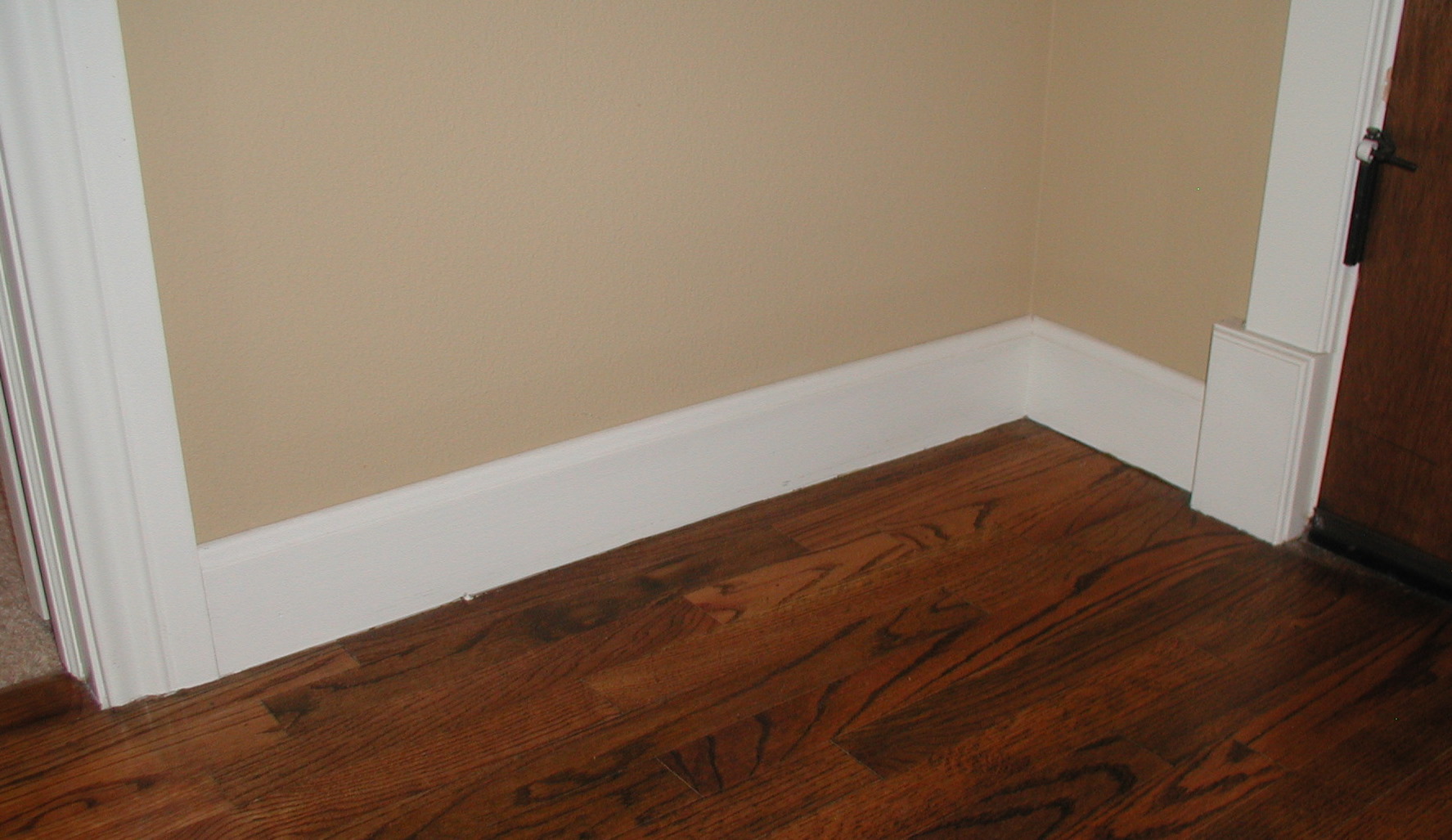














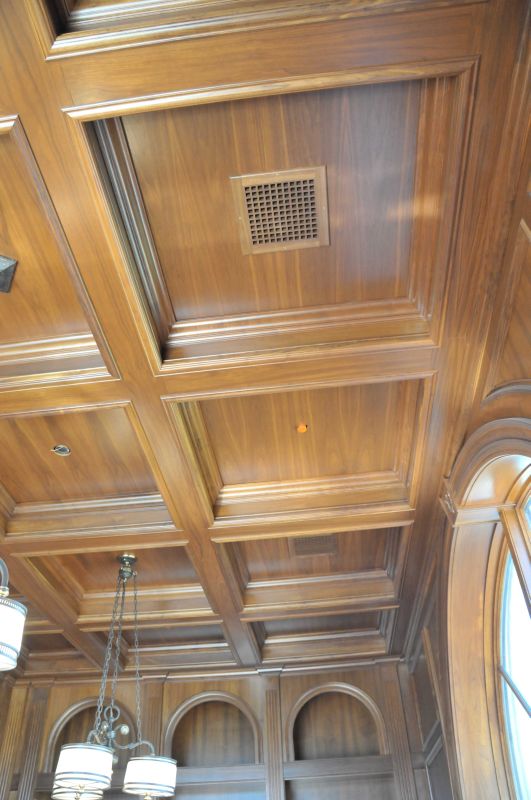
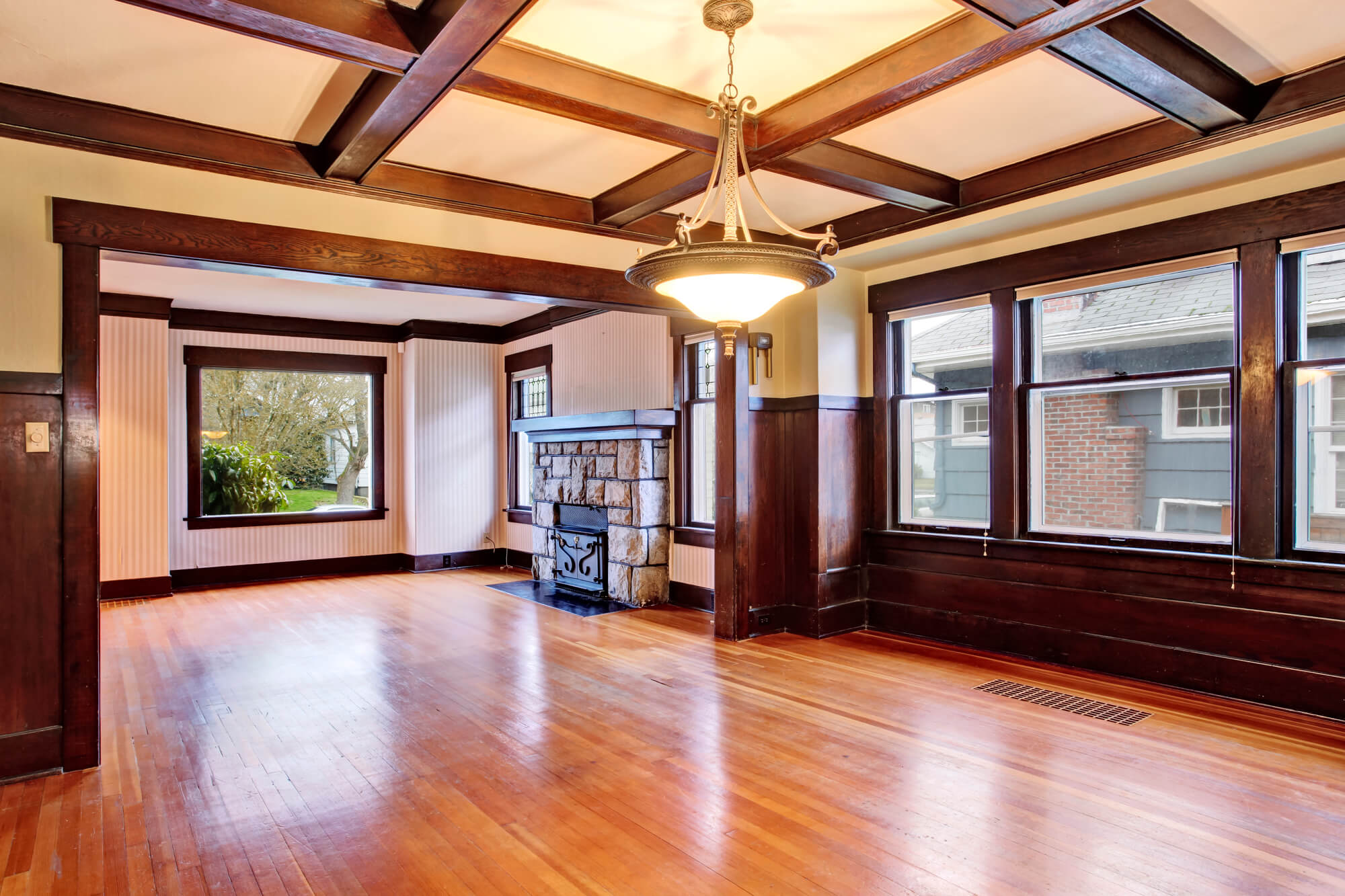

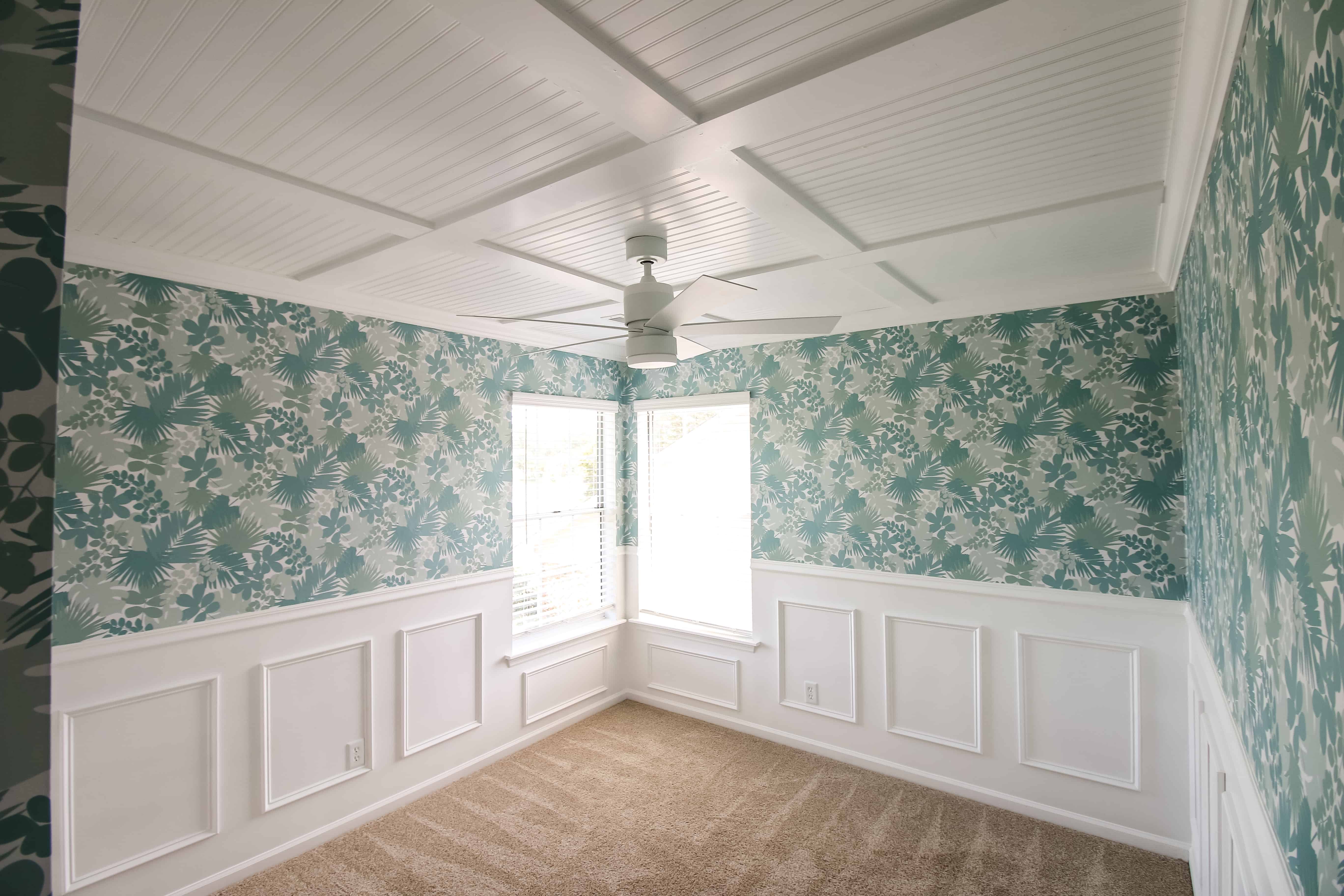
/ceiling-coffer-Versailles-535045152-crop-59d2cf3b845b3400111d2ae7.jpg)

